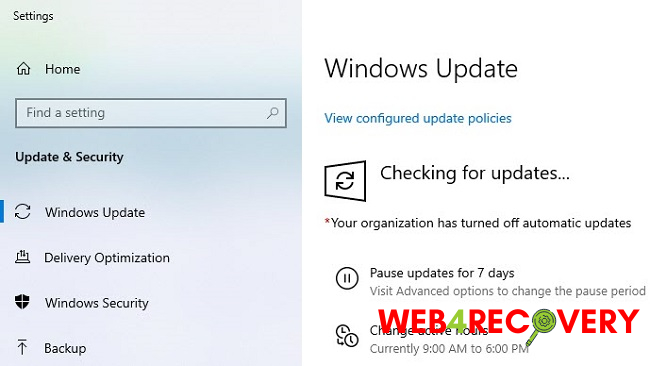A common issue that many Windows users face is related to updates. While Microsoft has developed a system that should, in theory, make installing updates easy, there are numerous instances when users have issues.
Problems range from updates failing to install, the troubleshooter failing to resolve issues, to updates downloading but not installing.
This guide will dive into how to troubleshoot Windows Update issues in both Windows 11 and Windows 10, including the use of the Windows Update Fix tool and what to do when updates don’t install after a restart.

Why Updates Fail to Install
Before we dive into troubleshooting, let’s understand why Windows updates may fail to install.
Factors such as insufficient hard drive space, unstable internet connection, outdated drivers, conflicting software, or issues within the Windows Update service itself can cause such problems. Understanding these potential causes can help you better address the issue when it arises.
Windows Update Troubleshooter
The Windows Update Troubleshooter is a built-in tool in Windows 10 and 11 that can automatically diagnose and resolve problems with Windows Update.
To access this tool, go to “Settings” > “Update & Security” > “Troubleshoot” > “Additional troubleshooters” > “Windows Update” then click “Run the troubleshooter”. The tool will then check for problems and fix any that it finds.
However, if the troubleshooter fails to resolve the issue, there are other steps you can take.
The Windows Update Fix Tool
For issues that the Troubleshooter can’t resolve, Microsoft offers the Windows Update Fix tool. This standalone application is designed to fix common problems associated with Windows Update, such as corrupted files, incorrect configurations, and broken update components.
You can download the tool directly from the Microsoft website and run it on your system. It’s a user-friendly tool that walks you through the process, identifying and fixing problems as it encounters them.
Updates Download But do Not Install
In some cases, Windows Updates download successfully but fail to install. This issue could be due to multiple factors, including insufficient space on the hard drive, conflicting software, or problems with the Windows Update Service.
Here’s how to troubleshoot this:
- Clear the SoftwareDistribution Folder: Windows downloads updates and stores them in the SoftwareDistribution folder before installation. If any file within this folder is corrupt, it can prevent updates from installing. Clearing the folder can resolve this issue.
- Disable Antivirus Software Temporarily: Sometimes, your antivirus software can conflict with the update process. Try disabling it temporarily and then install the updates.
- Perform a Clean Boot: A clean boot starts your system with a minimal set of drivers and services. This method can help if a third-party software conflict is preventing the update from installing.
Updates not Installing After Restart
If Windows updates are not installing after a restart, it’s likely due to issues with the update components or conflicting software.
Here’s how to fix this issue:
- Restart Windows Update Service: Sometimes, the Windows Update Service can get stuck, preventing updates from installing. Restarting the service can often fix this.
- Perform a System File Check: Corrupted system files can cause problems with Windows Update. Use the System File Checker tool to scan for and repair corrupted system files.
- Use System Restore: If the updates still fail to install, consider using System Restore to roll back your system to a point before the problems started.
Conclusion
provides an in-depth look at the potential solutions. Starting with the built-in Windows Update Troubleshooter, moving on to the more specialized Windows Update Fix tool, and finally, tackling the common problems of updates not installing post-download or after a restart, we’ve covered the breadth of these persistent issues.
However, it’s important to remember that these problems can often be avoided with some proactive measures. Regularly clearing out unnecessary files to free up hard drive space, keeping your device drivers updated, ensuring a stable internet connection during the update process, and keeping third-party software from conflicting with Windows Update can prevent many of these issues from occurring in the first place.
While the process can be frustrating, troubleshooting these issues can provide valuable knowledge about the functioning of your operating system, enhancing your overall competence in handling tech-related issues.
And remember, in situations where the problem persists despite your best efforts, it might be worth reaching out to a professional or Microsoft support for assistance.
NOTE: Keep your system updated, stay ahead of the potential issues, and ensure that your Windows operating system — be it Windows 10 or 11 — functions smoothly, securely, and efficiently.

















